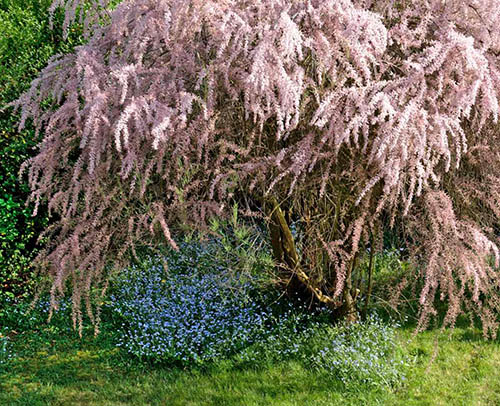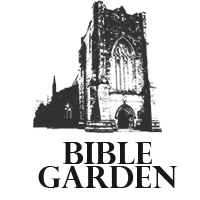Tamarisk (Tamarix parviflora)
Map Position: 26Tamarisks are grown as ornamental shrubs. Their branches are densely packed with tiny pink flowers in spring or summer. They are also planted as windbreaks and to help to control erosion. Some species produce wood that has been used to produce powerful bows, other species are used for cooking or as vegetables. Insects that feed on the twigs of one species of tamarisks excrete a sweet substance which can be gathered as food source or sweetener, locally known as manna; whether this is the “manna” that is mentioned 15 times in the Bible remains a matter of debate among scholars; this particular species is called tamarix nilotica or tamarix mannifera.

Biblical
Abraham planted a Tamarisk at a place of worship: “Abraham planted a tamarisk tree in Beersheba and called there on the name of the Lord, the Everlasting God “(Genesis 21.33).
Saul who was pursuing David “was sitting at Gibeah under the tamarisk tree…” (1Samuel 22.6).
After Saul and his sons had fallen in combat, they were “buried … under the tamarisk tree in Jabesh” (1. Samuel 31.13).
